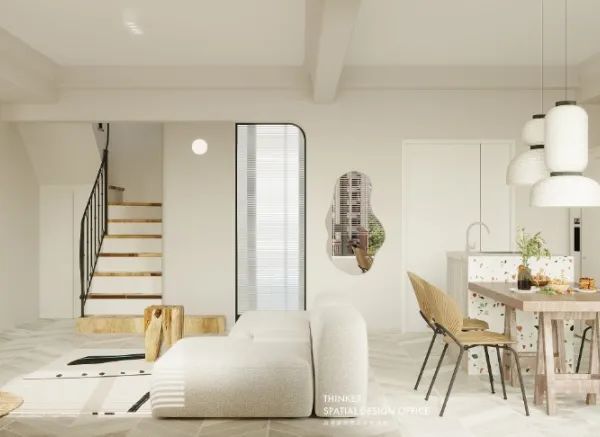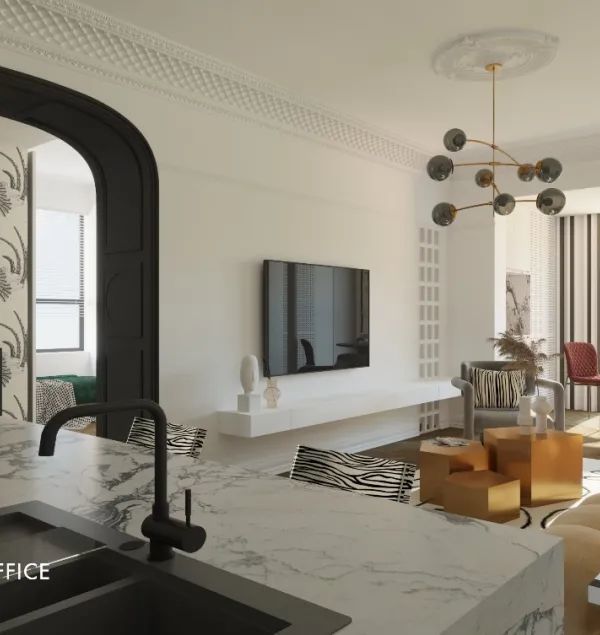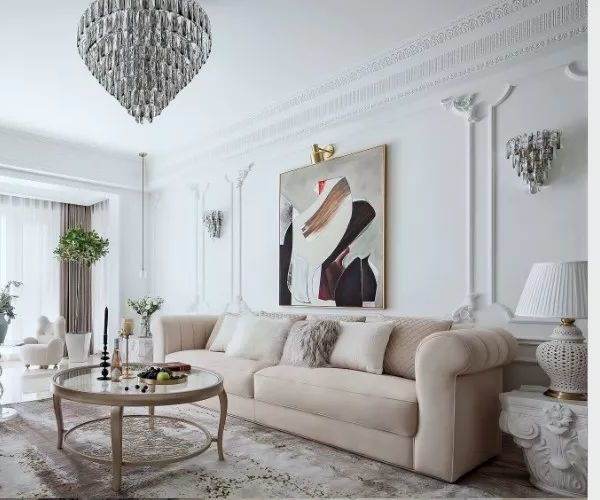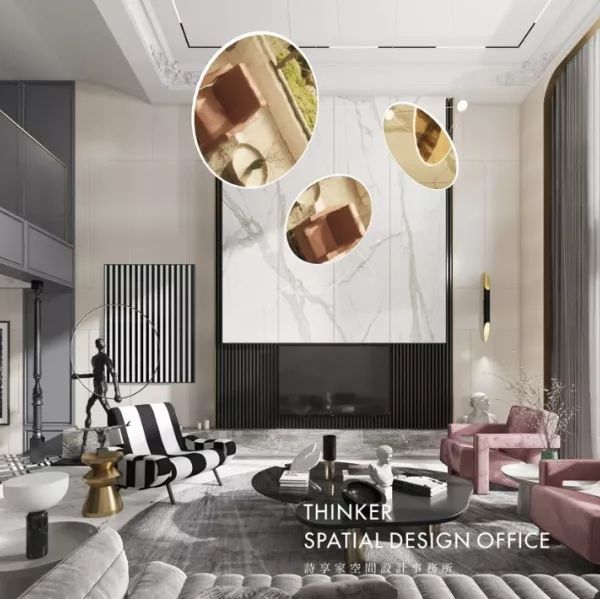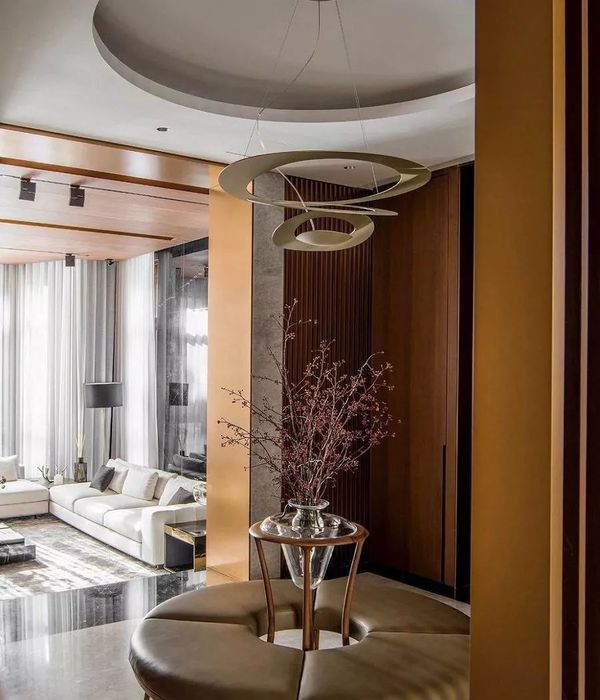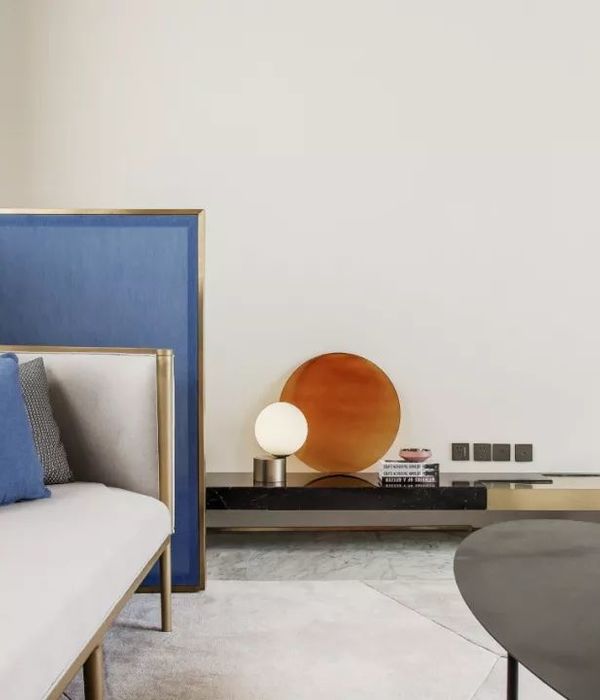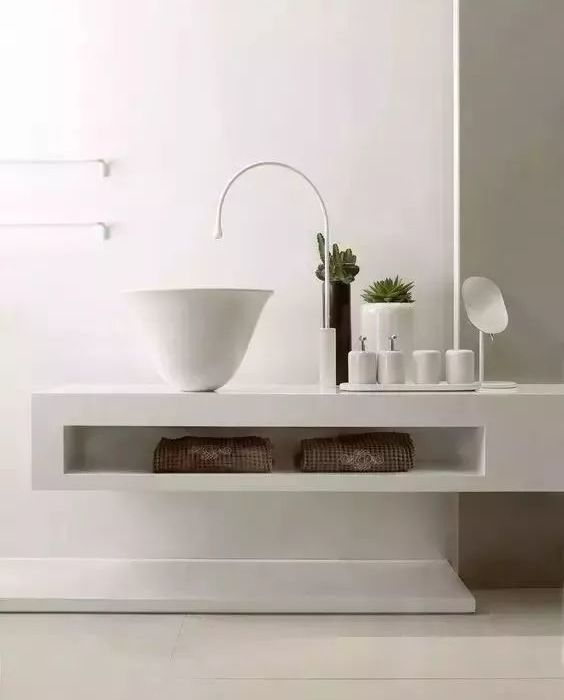The problems faced by collective housing in cities include the problems of ensuring privacy within the neighborhood and the comfort of the dwelling units due to the narrowness of the site and the difficulty of creating townscapes and opening them to the community while realizing these. I aimed to solve them and discover the advantages and characteristics of living together in small groups. Then, I wondered whether the existence of other dwelling units in the collective housing would not hinder privacy or lighting and ventilation and would rather create a comfortable structure.
Dwelling units were arranged separately, and gardens dedicated to each dwelling unit were created between the units. In addition, a small open space was provided between the parting walls of the tenement house to serve as a private service balcony. A terrace is provided on the second floor of the exterior space between the dwelling units to create a rich three-dimensional space where plants can be seen while ensuring lighting and ventilation throughout the house.
This external space is laid out so that it can be seen from the neighboring land across the road, creating a relationship with the neighborhood through the garden while ensuring the privacy of the inside room. In this way, by providing a large external space and a small open space between the dwelling units, the privacy and openness of each dwelling unit are secured, and the relationship with the town is also realized.
The external space and the small open space are comfortable spaces with the parting wall between the separate dwelling units visible in front and the beautiful outer wall of the metal in the background. As a whole, it creates a different form of comfort and relationship with the town than a single-family house.
{{item.text_origin}}

